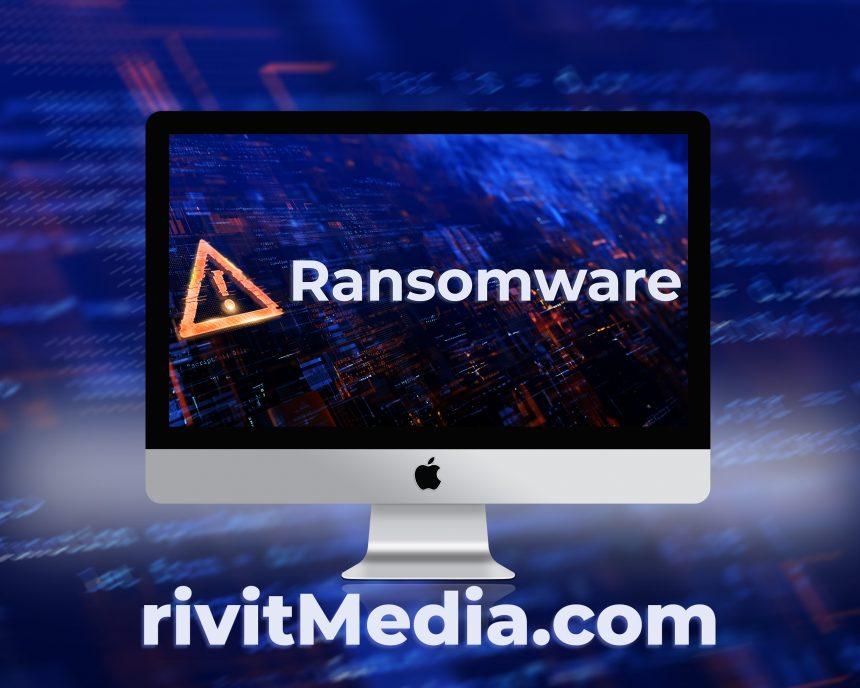In the realm of cyber threats, PatchWorkApt stands out as a ruthless variant of the Chaos ransomware. Employing AES-256 encryption, it infiltrates computers, encrypts files, and leaves a haunting ransom note in its wake. This article delves into the actions, consequences, and detection details of PatchWorkApt, shedding light on the dire ramifications for victims and emphasizing preventive measures to thwart future infections.
Actions and Consequences of PatchWorkApt
- File Encryption: PatchWorkApt employs the robust AES-256 algorithm to encrypt files, appending a string of random characters to their filenames. This renders the files inaccessible and essentially holds them hostage.
- Ransom Note: A stark ransom note named “look_this.txt” is left behind, informing victims about the encryption and emphasizing the exclusivity of the decryption key. The note serves as a chilling ultimatum, urging victims to negotiate with the attackers for file restoration.
- Contact Information: The ransom note provides contact information through email addresses (patchworkapt@tutanota.com and patchworkapt@msgden.net), facilitating communication between victims and the cybercriminals behind the attack.
Detection Names and Similar Threats
PatchWorkApt is detected by security tools under various names, including Avast (Win32:RansomX-gen [Ransom]), Combo Cleaner (Generic.Ransom.Small.1BA8C224), ESET-NOD32 (A Variant Of MSIL/Filecoder.Chaos.C), Kaspersky (HEUR:Trojan-Ransom.Win32.Generic), and Microsoft (Ransom:MSIL/FileCoder.YG!MTB). Similar threats include 3000USDAA, Karsovrop, and Abyss.
Preventive Measures and Best Practices
- Exercise Caution with Email Attachments: Avoid opening attachments from unknown or suspicious emails, especially those containing macros. Cybercriminals often use phishing emails to distribute ransomware.
- Regular Software Updates: Keep your operating system and software updated to patch vulnerabilities. Exploiting outdated software is a common tactic for malware distribution.
- Avoid Unofficial Download Sources: Refrain from downloading software or files from unofficial websites, P2P networks, and other untrustworthy sources. Stick to official channels to minimize the risk of malware infections.
- Backup Important Data: Regularly back up your important files to an external, offline storage device. In the event of a ransomware attack, having recent backups can mitigate the impact.
- Educate and Train Users: Educate users about the dangers of clicking on suspicious links or downloading unknown files. Training in cybersecurity awareness can significantly reduce the risk of infections.
Conclusion
PatchWorkApt exemplifies the evolving threat landscape, where cybercriminals leverage advanced encryption techniques for financial gain. Understanding its actions, coupled with proactive cybersecurity measures, is crucial for mitigating the impact of ransomware attacks. By staying vigilant, updating systems regularly, and adopting best practices, users can fortify their defenses against the rising tide of ransomware threats.





